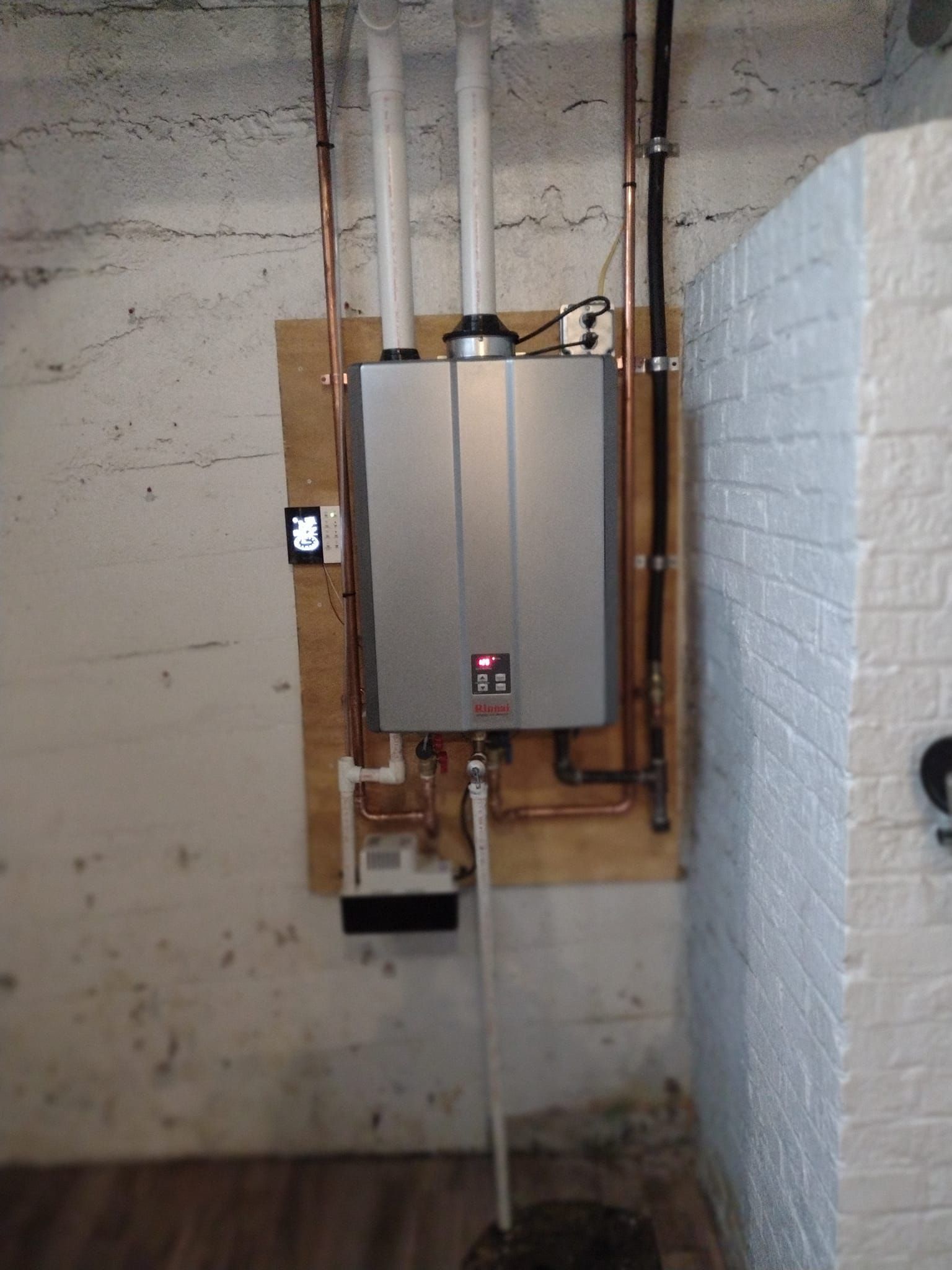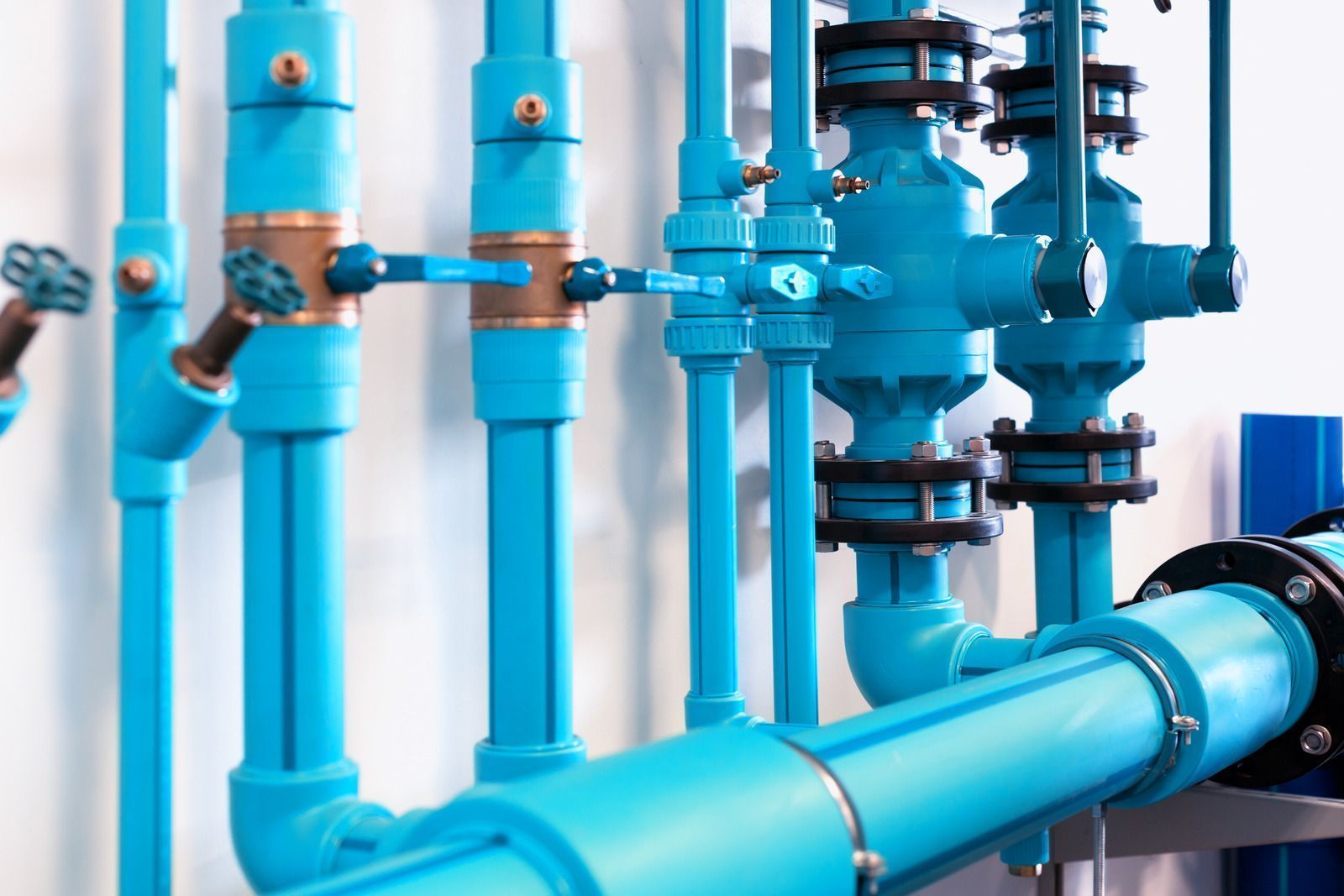Traditional vs. Tankless Water Heaters: Which One Is Right for You?
May 12, 2025

When it comes to upgrading your plumbing system, one of the biggest decisions you’ll face is choosing between a traditional water heater and a
tankless water heater. Both options have their advantages, but the best choice for your home depends on factors like efficiency, cost, and usage needs. Let’s break down the differences to help you make an informed decision.
Efficiency: Energy Usage and Performance
Traditional water heaters store and heat a large amount of water in a tank, keeping it hot until needed. This means energy is continuously used to maintain the water temperature, even when you’re not using hot water. This process, known as standby heat loss, can lead to wasted energy over time.
Tankless water heaters, on the other hand, heat water on demand. When you turn on the tap, cold water flows through a heating element, instantly warming it before it reaches you. Because they only heat water as needed, tankless models tend to be more energy-efficient, reducing utility bills in the long run.
Winner: Tankless Water Heater
Cost: Initial Investment vs. Long-Term Savings
Traditional water heaters typically have a lower upfront cost, with prices ranging from $800 to $1,500 (including installation). However, they generally have a lifespan of 10-15 years and may lead to higher energy bills due to constant heating.
Tankless water heaters have a higher initial cost, often between $2,000 and $3,500 with installation. However, they last longer—usually 20 years or more—and their energy efficiency can lead to lower monthly utility costs, often saving homeowners hundreds of dollars per year.
Winner: Traditional Water Heater (for upfront cost), Tankless Water Heater (for long-term savings)
Hot Water Supply: Consistency and Capacity
If your household frequently uses hot water simultaneously (multiple showers, dishwashing, and laundry), a traditional water heater’s tank may run out, requiring time to refill and reheat. Standard tank sizes range from 40 to 80 gallons, meaning larger households may experience occasional shortages.
A tankless water heater provides an endless supply of hot water because it heats on demand. However, its flow rate (how much hot water it can produce at once) may be limited, making it less ideal for homes with multiple simultaneous users unless a higher-capacity unit is installed.
Winner: Traditional Water Heater (for high-demand households), Tankless Water Heater (for continuous hot water needs)
Space and Installation Considerations
Traditional water heaters require a significant amount of space, often needing a dedicated utility closet or basement area.
Tankless water heaters are compact and can be mounted on walls, making them an excellent choice for smaller homes or homeowners looking to free up space.
Winner: Tankless Water Heater
Environmental Impact
Since tankless water heaters use less energy and have a longer lifespan, they tend to be the more environmentally friendly option. They also reduce water waste by providing hot water instantly, rather than requiring water to run while waiting for it to heat up.
Winner: Tankless Water Heater
Which One Is Right for You?
- Choose a traditional water heater if: You have a lower upfront budget, need a high-capacity system for multiple simultaneous users, or don’t mind occasional standby energy loss.
- Choose a tankless water heater if: You want energy savings, a longer-lasting unit, unlimited hot water, and space savings.
At Patrick David Plumbing, we specialize in installing and servicing both traditional and tankless water heaters. With 12
years of experience serving Pittsburgh, PA, our team is equipped to handle everything from simple replacements to full system upgrades. If you’re ready to enhance your home’s plumbing efficiency, contact us today for expert guidance and professional installation.





